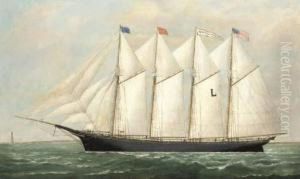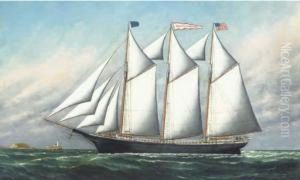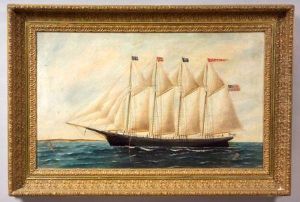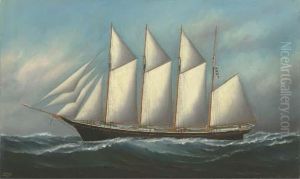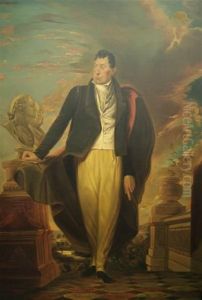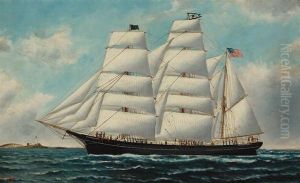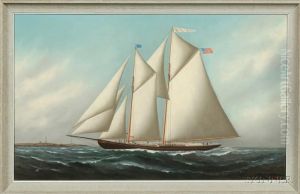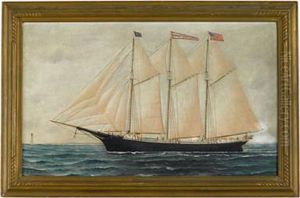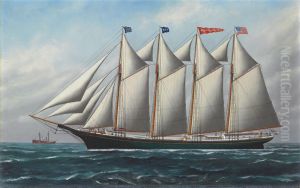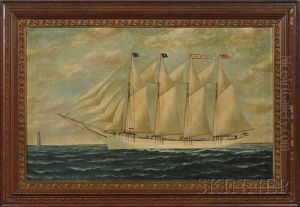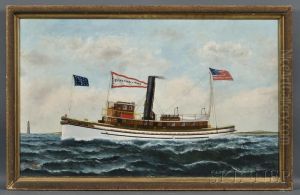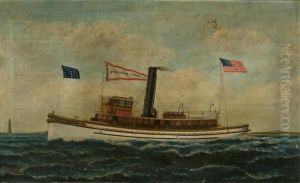Samuel Finley Morse Badger Paintings
Samuel Finley Breese Morse, more commonly known as Samuel Morse, was an American painter and inventor who made a significant impact in both the world of art and technology. Born on April 27, 1779, in Charlestown, Massachusetts, Morse was the son of Jedidiah Morse, a well-known pastor and geographer. Early in his life, Morse developed an interest in art and attended Yale College (now Yale University), where he studied religious philosophy, mathematics, and the science of horses. However, his passion for painting led him to pursue an artistic career.
After graduating from Yale in 1810, Morse went to England to study art under the renowned American painter Benjamin West. During this period, Morse focused on historical and religious subjects, producing works that received considerable attention. His painting 'The Dying Hercules' won a gold medal at the Adelphi Society of Arts in London, signifying his growing reputation in the art world. Upon returning to the United States, Morse continued to work as a portrait painter, capturing the likenesses of notable figures of his time.
Despite his success as an artist, Morse's lasting fame would come from his work as an inventor. In the 1830s, he became interested in the idea of electronic communication and began working on the development of an electromagnetic telegraph. It was a challenging period for Morse; he faced financial difficulties and skepticism from the public and investors. Nevertheless, his perseverance paid off when, in 1844, he successfully sent a message from Washington, D.C., to Baltimore using the telegraph system he developed. The message, 'What hath God wrought!' marked the beginning of a new era in communication.
Morse continued to refine his invention and played a key role in the establishment of the first telegraph line in the United States. His contributions to the development of the telegraph and the Morse code—a system of dots and dashes used to transmit messages—revolutionized communication across the world.
Despite his focus on invention in his later years, Morse remained active in the art community. He was a founding member of the National Academy of Design in New York and served as its first president. Samuel Morse passed away on April 2, 1858, in New York City, leaving behind a legacy that bridged the worlds of art and technology. His innovations laid the groundwork for the modern telecommunications industry, and his artistic works continue to be celebrated for their contribution to American art history.
